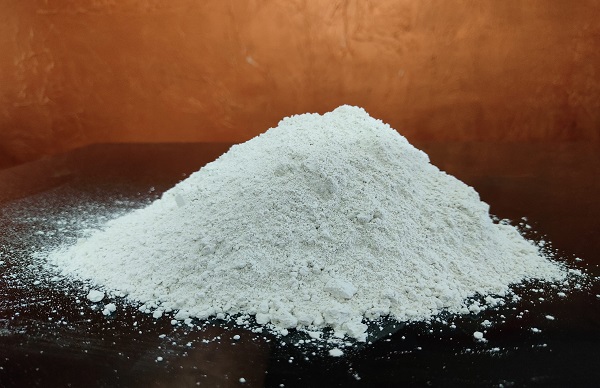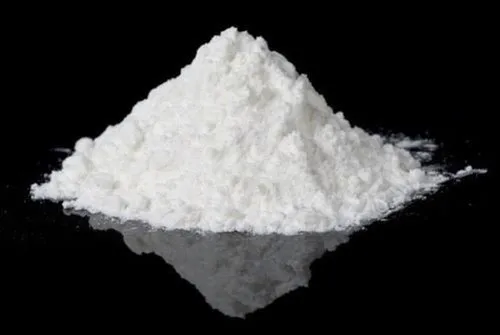
Quartz Grain Manufacturing Process and sizes of quartz grains
October 16, 2024
Quartz grains Size
October 16, 2024Buyers across all industries have been interested in quartz grains for their versatility and use in a wide range of applications. The demand for quartz grains for construction, electronics, ceramics, and even jewelry grows. As a potential buyer, it is important to understand what each of these sizes mean and the nuances of this market as a whole, to make better purchasing decisions.
Quartz Grains Buyers: What Do They Look For?
Quartz grains have been bought by the buyers in industries such as glass manufacturing, ceramics, foundry, electronics, paints, and construction. Each industry requires quartz grains with specific properties for their processes and products. The following are key factors that influence the decision-making process for quartz grain buyers:
- Purity and Quality: Purity is one of the major concerns for quartz grains buyers. Most industrial applications prefer quartz grains with high silica content (typically higher than 98%). Impurities such as iron, aluminum, or other minerals, even in low quantities, can affect performance.
- Grain Size: The size of quartz grain depends on the industry. Depending on the application, fine grains or larger sizes may be needed. Buyers look for suppliers that can provide a consistent range of sizes to fit their production requirements.
- Consistency and Uniformity: Industries like glass making or foundries need quartz grains with consistent size distribution and uniformity. Variations in grain size can affect the final quality of the product.
- Supply Chain Reliability: Buyers prioritize suppliers who can meet bulk needs with consistent product quality and timely delivery.
Quartz Grains Size: How Applications Differ
Quartz grains are available in a range of sizes, which are important factors in determining their use. In the industry, quartz grain size ranges from 50 microns to several millimeters. Here are some typical applications of quartz grains based on size:
- Fine Quartz Grains (0.1 - 0.5 mm): Mainly used in the electronics industry for high-precision components such as semiconductors. Fine quartz grains are also used in paints to enhance durability and finish.
- Medium Quartz Grains (0.5 - 1.0 mm): Used in glassmaking and ceramics, providing uniform melting for high-quality products and resistance to high temperatures.
- Coarse Quartz Grains (1.0 - 3.0 mm and above): Used in construction for concrete, mortars, and aggregates, providing strength and toughness. Coarse grains are also used in foundries for molding castings.
Quartz Grains Meaning
Quartz is composed of silicon dioxide (SiO2) and is a naturally occurring mineral. Larger quartz rocks or crystals are broken down by erosion or mechanical crushing into smaller grains. These grains have become an essential raw material in many industries due to their unique properties, including:
- Hardness: Quartz is hard (7 on the Mohs scale), making it ideal for construction, abrasives, and ceramics.
- Chemical Inertness: Its resistance to reacting with most substances makes it perfect for use in paints, plastics, and glassmaking.
- High Melting Point: Its resistance to high temperatures makes it useful in foundries and glass furnaces.
- Piezoelectric Properties: Quartz generates an electrical charge when under mechanical stress, making it valuable for electronic devices.
Sourcing Quartz Grains: A Final Thought
Before sourcing quartz grains, it’s important for buyers to ensure that the supplier can meet specific size, quality, and purity requirements. While the ability to handle large orders is crucial, selecting a supplier with a proven track record of product quality and supply reliability is equally important.
Sudarshan Group provides an extensive range of quartz products for industries looking for reliable suppliers of high-quality quartz grains for specific applications. With experience in various mineral industries, Sudarshan Group promises quartz grains of the highest possible purity and consistency.



